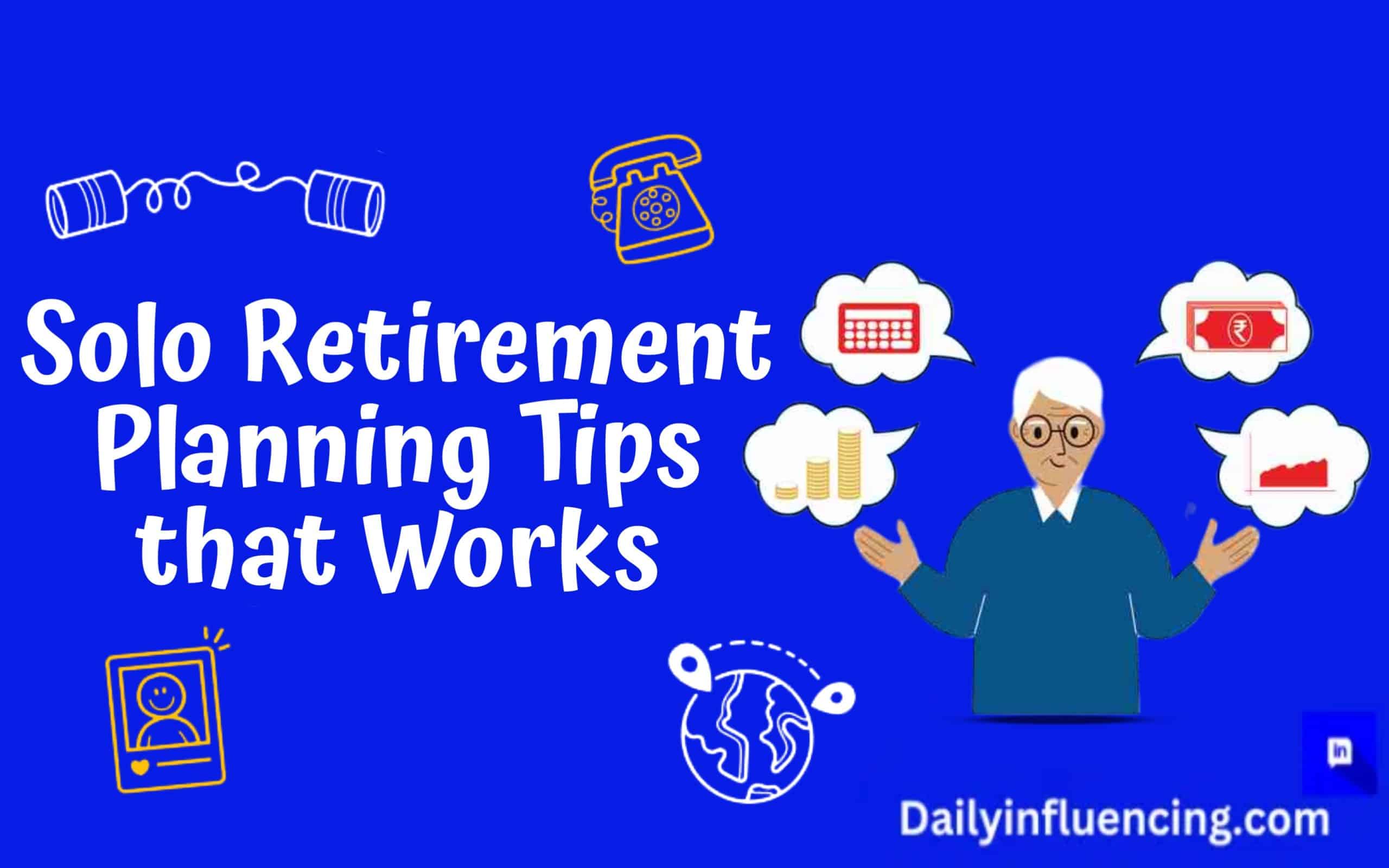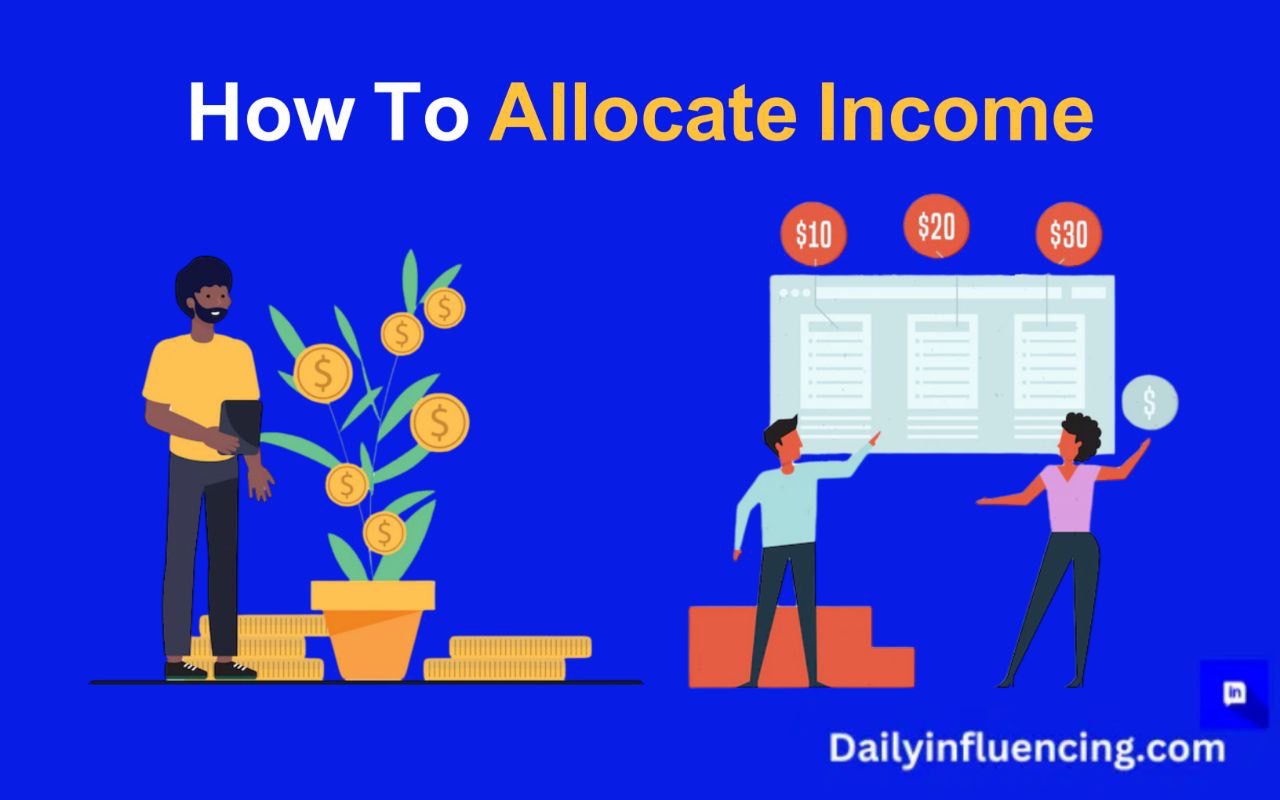
I’ve been there myself, postponing retirement savings while funneling every dollar back into my business. But retirement planning for self-employed individuals demands a proactive approach. Without an employer automatically contributing to your 401(k), the responsibility falls entirely on your shoulders.
According to recent data, nearly 30% of self-employed Americans have zero retirement savings! Scary, right? The good news is that self-employed individuals actually have access to some pretty sweet retirement options with higher contribution limits than many traditional employees.
In this guide, I’ll walk you through everything you need to know about securing your financial future while being your own boss.
The Self-Employed Retirement Planning Challenge
When you’re running your own show, retirement planning comes with unique hurdles. Your income might fluctuate wildly from month to month, making consistent saving tough.
Plus, you’re juggling business expenses, health insurance costs, and maybe even trying to pay off those annoying student loans. Every year, your delay means thousands of dollars lost in potential compound growth.
The self-employed retirement gap is real, but with the right strategies, you can build a retirement fund that rivals (or even exceeds) what you’d get with an employer plan.
What is Retirement Planning for Self-Employed Individuals?
Retirement planning for self-employed individuals is basically taking control of your financial future without the safety net of employer-sponsored plans. It’s you wearing both hats—employee AND employer—when it comes to setting aside money for your golden years.
Key Components of Self-Employed Retirement Planning
For you, as a self-employed person, retirement planning means creating your own structured approach to saving and investing. You’ll need to pick specific tax-advantaged accounts designed for independent professionals, determine how much to contribute, and stay disciplined about actually making those contributions.
The accounts available to you, which could be SEP IRAs, Solo 401(k)s, and SIMPLE IRAs, each have their own rules and benefits. Your self-employed retirement strategy might include one or a combination of these plans, depending on your business structure and income level.
Why It’s Different Than Employee Retirement Planning
What makes self-employed retirement planning different is that you don’t have the luxury of autopilot. There’s no HR department sending you reminders about enrollment periods or automatic paycheck deductions. You’ve got to be proactive about the whole thing.
One thing I’ve learned from my own journey is that retirement planning as a freelancer or small business owner requires more flexibility. Your contributions might fluctuate based on your cash flow. Maybe stashing away bigger chunks during high-income months and scaling back during slower periods might help keep you in track.
Tax Benefits Worth Knowing
Tax considerations play a huge role, too. Most self-employed retirement plans offer tax deductions for contributions, which can significantly lower your taxable income.
The bottom line is that retirement planning for self-employed individuals is about creating your own structure when none exists naturally. It takes more initiative and discipline, but the potential tax benefits and savings potential are actually pretty sweet once you get the hang of it.
Don’t make the mistake of procrastinating. The sooner you start your self-employed retirement savings plan, the more time your money has to grow—even if you’re starting with smaller amounts than you’d like.
How Retirement Planning for Self-Employed Works
When you’re self-employed, retirement planning works differently than it does for traditional employees. You’ll need to be proactive and disciplined since you don’t have an employer handling the details for you.
Setting Up Your Own System
For self-employed retirement planning to work, you need to create your own savings structure from scratch. Rather than waiting to see what’s left over at month’s end, consider automatically transferring a percentage of each client payment into your retirement accounts before paying yourself.
You’ll need to choose and establish your own retirement accounts based on your business structure. The paperwork is manageable for most sole proprietors, though it requires setting aside dedicated time to complete properly.
Contribution Patterns That Work
Self-employed retirement planning requires a different contribution rhythm than the steady biweekly deposits from a traditional paycheck. Your contributions will likely be irregular, based on your business income.
In some quarters, you might contribute larger amounts, while others might be leaner. The key is maintaining the discipline to contribute something, even during slower periods to avoid missing potential growth.
Self-Employment Retirement Planning Tax Advantages
One of the major benefits of self-employed retirement planning is the substantial tax advantages. Your contributions to most self-employed retirement plans are tax-deductible, which can significantly lower your taxable income.
As a self-employed person, you’re responsible for both the employer and employee portions of retirement contributions. This actually means you can potentially save much more for retirement than you could as a traditional employee.
Best Retirement Plans for Self-Employed Individuals
When researching retirement options for your self-employed business, you’ll encounter several options. Each has different advantages depending on your business structure, income level, and retirement goals.
1. SEP IRA: Simple Setup, Big Contribution Limits
SEP IRAs (Simplified Employee Pension) offer a straightforward setup process with minimal paperwork, making them attractive for busy self-employed professionals.
The contribution limits are substantial: up to 25% of your net self-employment income (capped at $69,000 in 2025). This provides better room for retirement savings for most self-employed individuals.
The primary drawback: if you have employees, you must contribute the same percentage for them as you do for yourself. This can become costly if you’re expanding your team.
Here are the pros and cons of a SEP IRA:
Pros:
- Extremely simple to establish and maintain
- Minimal paperwork and administrative requirements
- High contribution limits
- Can be set up and funded until your tax filing deadline (including extensions)
- Investment flexibility with numerous options
- No annual filing requirements with the IRS
Cons:
- If you have employees, you must contribute the same percentage for all eligible employees as you do for yourself
- No catch-up contributions for those over 50
- No loan provisions
- No Roth (after-tax) option available
- All contributions must be made as employer contributions
2. Solo 401(k): Double-Contribution Advantage
A Solo 401(k) requires more paperwork but offers potentially higher contribution limits for high earners.
The key advantage of Solo 401(k)s is that you contribute as both “employer” AND “employee.” In 2025, you can contribute $23,000 as the employee, plus up to 25% of your compensation as the employer, with a combined limit of $69,000 ($76,500 if you’re over 50).
For high-income self-employed professionals, this dual-contribution structure often allows you to save more than with a SEP IRA. Many Solo 401(k) plans also offer Roth options, providing tax diversification that SEPs don’t offer.
Here are the pros and cons of Solo 401(K):
Pros:
- The highest possible contribution limits of all self-employed plans
- Allows both employer and employee contributions
- Catch-up contributions available for those over 50
- Many providers offer Roth options for tax diversification
- Loan provisions may be available (plan-dependent)
- Can potentially shelter more income at lower earnings levels compared to a SEP IRA
Cons:
- More complex administration than SEP IRAs
- Annual Form 5500-EZ filing required when plan assets exceed $250,000
- Must be established by December 31 of the tax year (unlike SEP IRAs)
- Not suitable if you have employees other than a spouse
- May have higher fees than simpler plans like SEP IRAs
3. SIMPLE IRA: The Middle-Ground Option
SIMPLE IRAs serve as an ideal middle ground if you have a few employees but want to avoid the administrative complexity of a full 401(k) plan.
The contribution limits are lower—$16,000 in 2025 plus catch-up contributions if you’re over 50. You’re required to make either matching contributions or 2% non-elective contributions for eligible employees.
The setup is less complex than a Solo 401(k) but more involved than a SEP IRA, making it suitable for small businesses with a handful of employees.
Here are the pros and cons of a SIMPLE IRA:
Pros:
- Less administrative burden than 401(k) plans
- Higher contribution limits than traditional IRAs
- Catch-up contributions available for those over 50
- Employees can contribute through salary deferrals
- No annual filing requirements with the IRS
- Lower startup and operating costs than 401(k) plans
Cons:
- Lower contribution limits than SEP IRAs or Solo 401(k)s
- Mandatory employer contributions are required
- Early withdrawal penalties are higher than other plans (25% within first 2 years)
- Cannot be combined with other retirement plans in the same year
- Must be established by October 1 of the tax year
- Two-year waiting period before you can roll funds to another plan
4. Traditional and Roth IRAs: Valuable Supplements
Don’t overlook regular IRAs as supplements to your self-employed retirement strategy. They provide valuable tax diversification alongside your business retirement plans.
With contribution limits of $7,000 in 2025 ($8,000 if you’re over 50), they don’t replace business retirement plans but complement them effectively. Roth IRAs offer the advantage of tax-free withdrawals in retirement.
Your choice between traditional and Roth depends on your current tax situation versus your expected tax situation in retirement. Some self-employed professionals choose to utilize both types for tax flexibility.
Here are the pros and cons of Traditional and Roth IRAs:
Pros:
- Can be used in addition to self-employed retirement plans
- Easy to set up and maintain
- Roth option provides tax-free growth and withdrawals
- Widely available through most financial institutions
- Extensive investment options
- No reporting requirements
Cons:
- Much lower contribution limits than business retirement plans
- Income limits may restrict eligibility for Roth contributions
- Income and plan participation limits may affect traditional IRA deductibility
- Early withdrawal penalties (with some exceptions)
- Required minimum distributions for traditional IRAs (not for Roth)
5. The Health Savings Account Option
If you have a high-deductible health plan, an HSA (Health Savings Account) can function as an additional retirement savings vehicle.
By maximizing HSA contributions and paying current medical expenses when possible, you can allow these funds to grow tax-free for retirement. After age 65, you can withdraw HSA funds for non-medical expenses by paying regular income tax, similar to a traditional IRA.
The foundation of successful self-employed retirement planning is consistently funding whichever option you choose. Starting now, even with modest contributions, provides valuable compound growth for your future.
Here are the pros and cons of the Health Savings Account Option:
Pros:
- Triple tax advantage: tax-deductible contributions, tax-free growth, and tax-free withdrawals for qualified medical expenses
- No “use it or lose it” provision like FSAs
- Funds can be invested for long-term growth
- No income limits for contributions
- Can be used for non-medical expenses after age 65 (subject to regular income tax)
- No required minimum distributions
Cons:
- Must have a qualifying high-deductible health plan
- Lower contribution limits than dedicated retirement plans
- Penalties for non-medical withdrawals before age 65
- More limited investment options with some providers
- Annual contribution limits ($4,150 for individuals, $8,300 for families in 2025)
How to Get Started with Retirement Planning for Self-Employed Individuals
Starting with retirement planning as a self-employed professional might seem overwhelming at first, but breaking it down into manageable steps makes the process much more approachable. Here’s how you can begin building your financial future without an employer-sponsored plan.
Step 1: Assess Your Current Financial Situation
Before choosing any retirement plans, you need to take a clear-eyed look at your current finances. Start by calculating your average monthly income after business expenses—this gives you the true picture of what you’re working with. Remember that your net income (what’s left after business expenses) is what matters for retirement planning purposes.
Next, review your emergency fund. As a self-employed person, you’ll ideally want 6-12 months of expenses saved, which is more than the typical recommendation for traditional employees.
Finally, determine a realistic amount you can set aside for retirement based on your age and years until your target retirement date. Even small consistent contributions can grow significantly over time thanks to compound growth, where your investment returns generate their own returns.
Step 2: Set Clear Retirement Goals
Without specific goals, retirement planning remains abstract and easy to postpone. Take the time to see your retirement lifestyle and translate that into concrete financial targets.
Estimate your desired retirement income by thinking about your current expenses and how they might change. Will your mortgage be paid off? Do you plan to travel extensively? Will you work part-time during retirement?
Don’t forget to account for inflation, which erodes purchasing power over time. What costs $50,000 today might require $100,000 thirty years from now, depending on inflation rates.
Healthcare costs deserve special attention in your planning. Medicare doesn’t cover everything, and healthcare expenses typically increase as you age. Many financial planners recommend budgeting for significant out-of-pocket healthcare costs during retirement.
Step 3: Choose the Right Retirement Plan(s)
Based on your business structure, income level, and goals, select the plan or combination of plans that work best for your situation.
If you’re a solo business owner with significant income, a Solo 401(k) often provides the highest possible contribution limits. The term “Solo 401(k)” refers to a retirement plan designed specifically for business owners with no employees other than a spouse. It allows you to contribute both as an employer and an employee.
For those seeking simplicity, a SEP IRA (Simplified Employee Pension Individual Retirement Arrangement) offers a straightforward setup and administration. This plan allows you to contribute up to 25% of your net self-employment income, up to the annual limit.
If you have employees, you might consider a SIMPLE IRA (Savings Incentive Match Plan for Employees), which requires less administration than a traditional 401(k) but still allows your employees to contribute through salary deferrals.
Consider whether traditional (pre-tax) or Roth (after-tax) options better suit your tax situation. Traditional contributions reduce your current tax bill but are taxed when withdrawn in retirement. Roth contributions are made with after-tax dollars but grow tax-free and can be withdrawn tax-free in retirement.
Step 4: Establish a Consistent Saving Strategy
The irregular income in self-employment requires intentional saving strategies. Setting up automatic transfers to your retirement accounts helps remove the temptation to spend what should be saved.
Consider “paying yourself first,” just like the richest man in Babylon did in his lifetime, which made him the richest in Babylon. It can be done by allocating a percentage of each client payment directly to retirement before it ever hits your spending accounts. This mental accounting trick helps prioritize your future financial security.
Create a system for increasing contributions during high-income periods. When you have an exceptionally good month or quarter, consider making additional retirement contributions before spending on business upgrades or personal luxuries.
For those with highly variable income, planning for quarterly or annual lump-sum contributions might work better than monthly contributions. Set calendar reminders to review your finances and make contributions at regular intervals.
Step 5: Diversify Your Investments
Diversification means spreading your investments across different types of assets to manage risk. This concept is necessary for self-employed individuals who already face income uncertainty in their businesses.
Distribute your investments across different asset classes such as stocks, bonds, and potentially real estate or other alternative investments. This helps protect your portfolio from severe declines if any single sector performs poorly.
Your risk tolerance (comfort with investment volatility) and time horizon (years until retirement) should guide your asset allocation. Generally, younger investors can tolerate more stock market exposure, while those closer to retirement might prefer more conservative allocations.
Be cautious about over-investing in your own business at the expense of retirement. While your business is naturally where you have the most knowledge and control, diversifying into broader market investments provides important protection against business-specific risks.
Starting your self-employed retirement planning journey takes initiative, but each step you take builds momentum toward a secure financial future. The flexibility and potential tax advantages available to self-employed retirement savers can actually put you ahead of many traditional employees—once you know how to leverage them effectively.
Conclusion
Retirement planning for self-employed individuals doesn’t have to be overwhelming. Sure, it requires more initiative and discipline than for those with employer-sponsored plans, but it also offers greater flexibility and potentially higher contribution limits. By understanding your options, setting clear goals, and establishing consistent saving habits, you can build a secure financial future while enjoying the freedom of self-employment.
Remember, the best time to start planning for retirement was when you first became self-employed – but the second-best time is right now. Take that first step today, whether it’s setting up a SEP IRA, consulting with a financial advisor, or simply calculating how much you need to save.
FAQs
Yes, you can contribute to multiple retirement plans, but special rules and limits apply. For example, you can contribute to both a Solo 401(k) and a traditional or Roth IRA in the same year, but your total contributions to all employer-sponsored plans are subject to overall limits.
You can keep your self-employed retirement plan even if you take a traditional job. You won’t be able to make new contributions to a Solo 401(k) or SEP IRA based on W-2 income, but your existing funds can remain invested and continue to grow until retirement.
Self-employed individuals pay both the employer and employee portions of Social Security taxes (self-employment tax). These contributions make you eligible for Social Security retirement benefits, but many financial advisors recommend not relying solely on Social Security for retirement income.
Solo 401(k) plans may allow loans, typically up to 50% of your account balance or $50,000, whichever is less. However, SEP IRAs, SIMPLE IRAs, and traditional IRAs don’t allow loans, though they do permit withdrawals under certain conditions (often with penalties and taxes).





